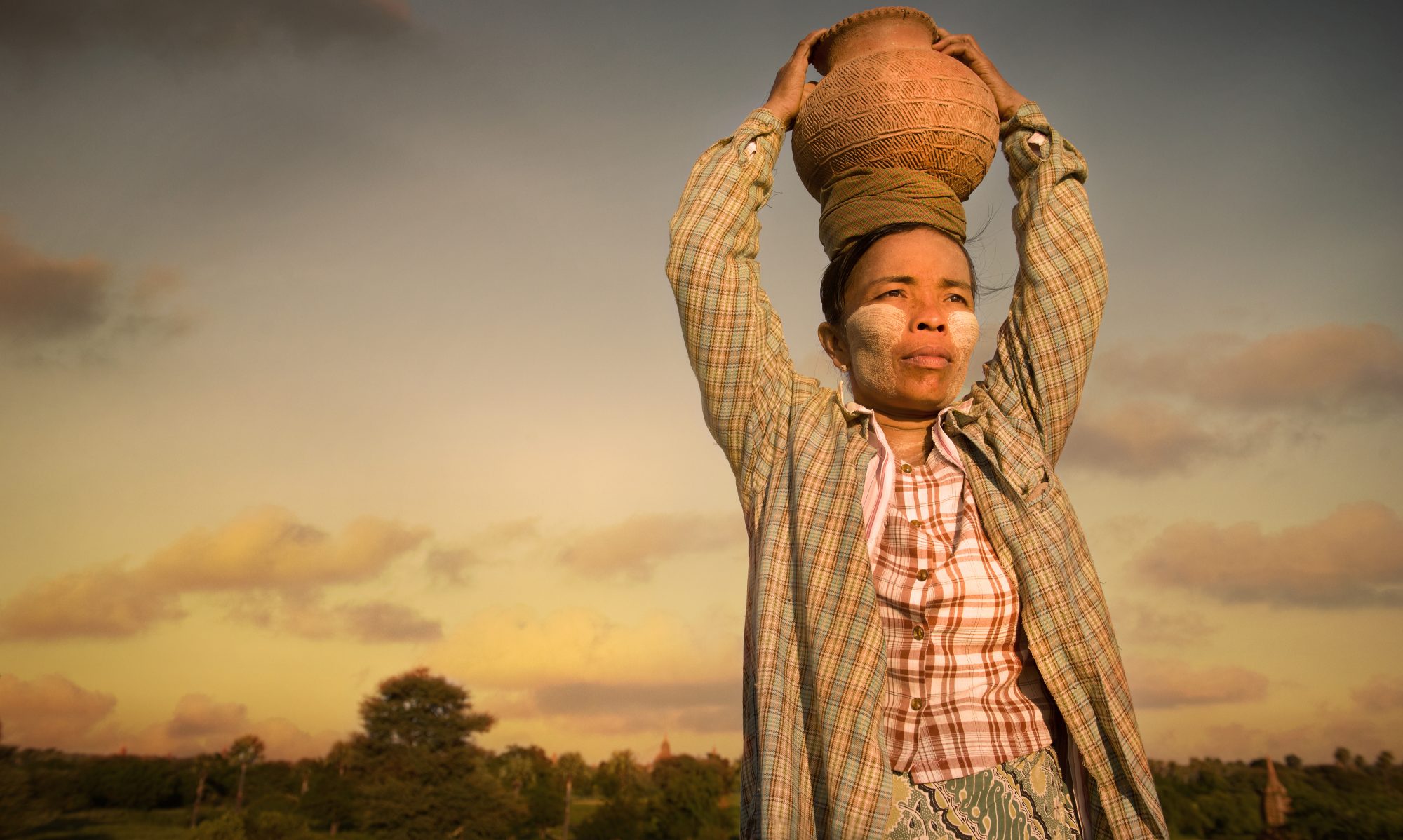Protecting, Promoting & Respecting the Rights of Indigenous Peoples
Indigenous peoples are among the first to face the impacts of climate change. And the plans and strategies to mitigate and adapt to climate change also often pose threats to indigenous peoples as they are neither meaningfully consulted nor are their rights taken into account. Both the Paris Agreement and the IPCC AR5 recognized the important contributions of indigenous peoples in ecosystem conservation with their traditional knowledge, innovations, and practices. The Paris Agreement builds upon the recognition of indigenous peoples’ rights in the Cancun Agreement and must be implemented in a way that recognizes and safeguards the rights of indigenous peoples, including collective rights to lands and free, prior, and informed consent, among others, and that includes the participation of indigenous peoples.
Key International Instruments:
United Nations Declaration on the Rights of Indigenous Peoples (UNDRIP): The UNDRIP was adopted by the UN General Assembly in 2007. The text recognises the wide range of basic human rights and fundamental freedoms of indigenous peoples. Among these are the right to unrestricted self-determination, an inalienable collective right to the ownership, use and control of lands, territories and other natural resources, their rights in terms of maintaining and developing their own political, religious, cultural and educational institutions along with the protection of their cultural and intellectual property.
ILO Convention No. 169: The ILO convention No. 169 is, along with the UNDRIP, a cornerstone of the international framework on the rights of indigenous peoples. Convention No. 169 is aimed at ensuring that indigenous peoples enjoy their fundamental human rights equally, exercise control over their own development and participate fully in the national development of the States in which they live, in accordance with their cultural identities.
2014 Outcome document of the World Conference of Indigenous Peoples: The High-Level Plenary Meeting of the General Assembly to be known as the World Conference on Indigenous Peoples adopted an outcome document, in which the highest body of the UN committed to concrete actions with which to implement the UNDRIP with the majority of those actions directed at the national level.
UN System Wide Action Plan: At the 2014 World Conference on Indigenous Peoples, the General Assembly requested the development of a system-wide action plan for a coherent approach to achieving the ends of the United Nations Declaration on the Rights of Indigenous Peoples.
American Declaration on the Rights of Indigenous Peoples: Adopted in 2016, the American Declaration reaffirms the rights in the UNDRIP and provides specific protection for indigenous peoples in North America, Central America, South America, and the Caribbean. This includes provisions, such as protections for those living in voluntary isolation, that address the particular situation of indigenous peoples in the Americas. It also further builds on the UNDRIP by including specific references to gender equality.
